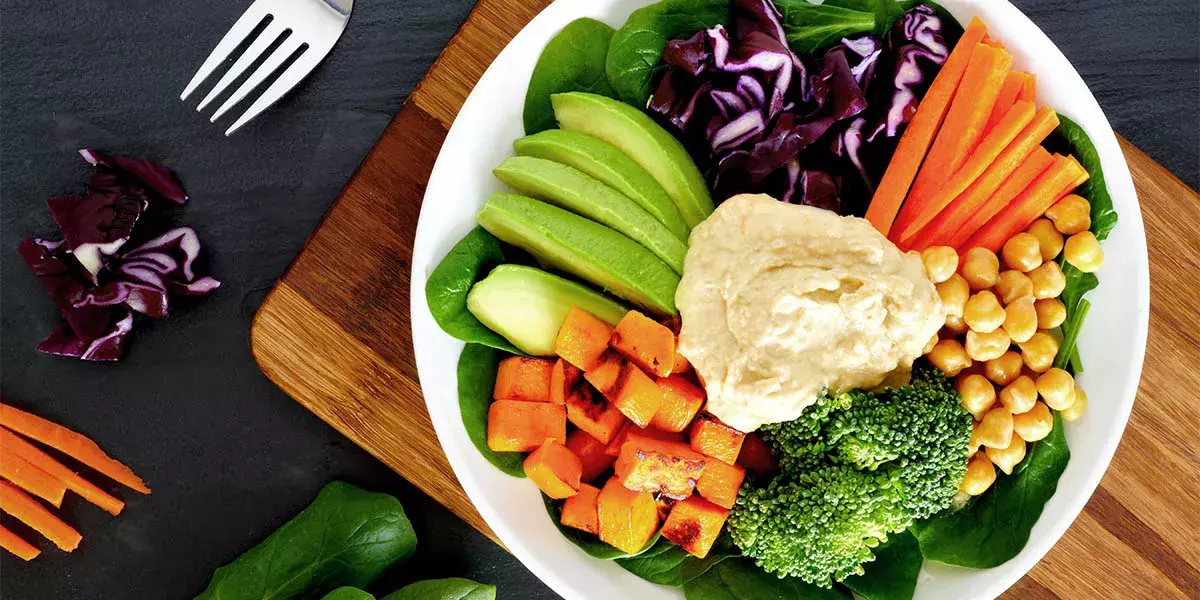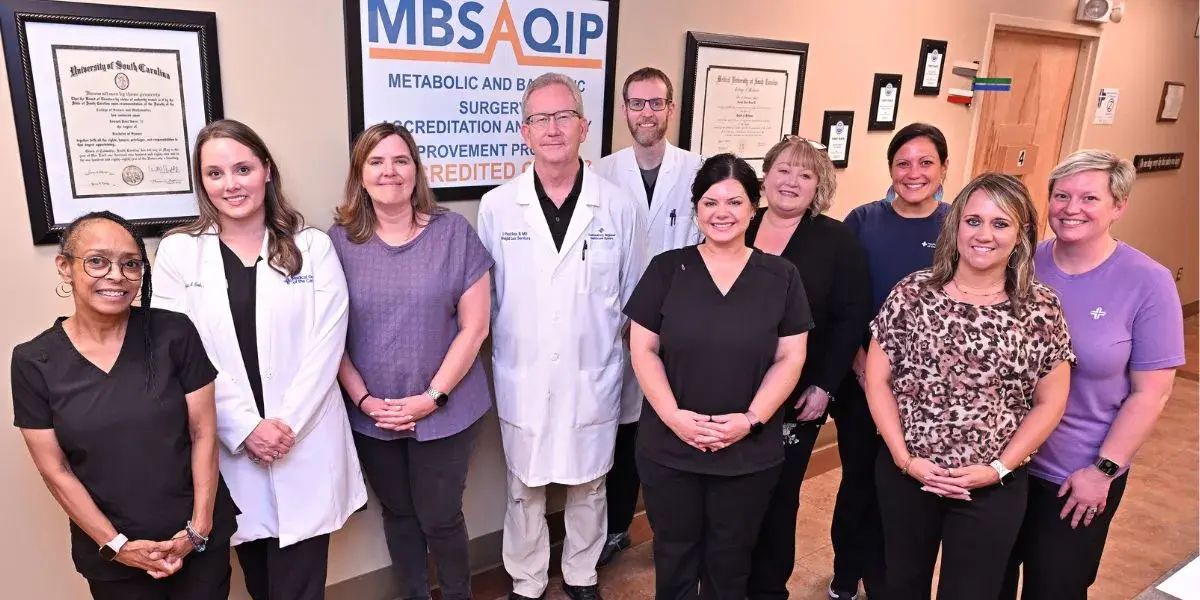
What is a whole-food, plant-based diet and why should you care?
There's been a lot of buzz about what a whole-food, plant-based diet (WFPB) can do for your health and your waistline, but what exactly is it and can it deliver? To help clear the air, here are some quick answers to the most common questions about a WFPB diet.
What is a whole-food, plant-based diet?
First, let's break it up. Whole foods are foods in their natural state or foods that have been minimally processed; think canned beans or frozen vegetables. Foods like olive oil, bleached flour, refined sugar and white rice, even though they are plant-based, are all processed foods and are not included in a WFPB diet. Plant-based means that the food you eat comes from plants, including:
- Fruits – apples, strawberries, grapes, pineapple, bananas, mango
- Vegetables - cucumbers, spinach, broccoli
- Legumes
- Whole grains
- Tubers and starchy vegetables
WFPB diet does not include foods that are not plant-based, including meat – even fish – dairy products or eggs.
How is a WFPB diet different from a vegetarian or vegan diet?
A vegetarian diet includes eggs and dairy, which do not appear in a WFPB diet. A vegan diet does not contain these foods. Another difference between a vegan diet and a WFPB diet is that a vegan diet can include processed foods. Oreos, Pop-Tarts and even some chips are vegan and could be eaten if you follow a vegan diet, but are not included in a WFPB diet.
What about whole-grain cereals and pasta? Are they included in a WFPB diet?
You can eat true 100 percent whole-grain cereals, pasta, and bread and follow a WFPB diet, but you also need to be careful and read labels closely. Foods labeled as multi-grain, made with whole grain and 100 percent wheat are not pure 100 percent whole-grain foods. To be truly whole grain, the first ingredient on the label needs to be a whole grain. A quick trick is to look for the word “whole,” such as whole-grain wheat flour. Other types of whole grains include brown rice, whole-grain corn, whole wheat and graham flour.
What is the best way to transition to WFPB diet?
While the biggest benefits do come with a complete transition to a WFPB diet, there are small changes you can make to start you on your journey.
- Replace pasta, bread, and cereals that use refined carbohydrates with those that are 100 percent whole grain.
- Fill half your plate with non-starchy foods.
- Increase the number of meatless meals you eat each week. Don't just think about dinner, include breakfast and lunch in your planning.
- Eliminate processed food.
- Figure out what motivates you to stick with it.












